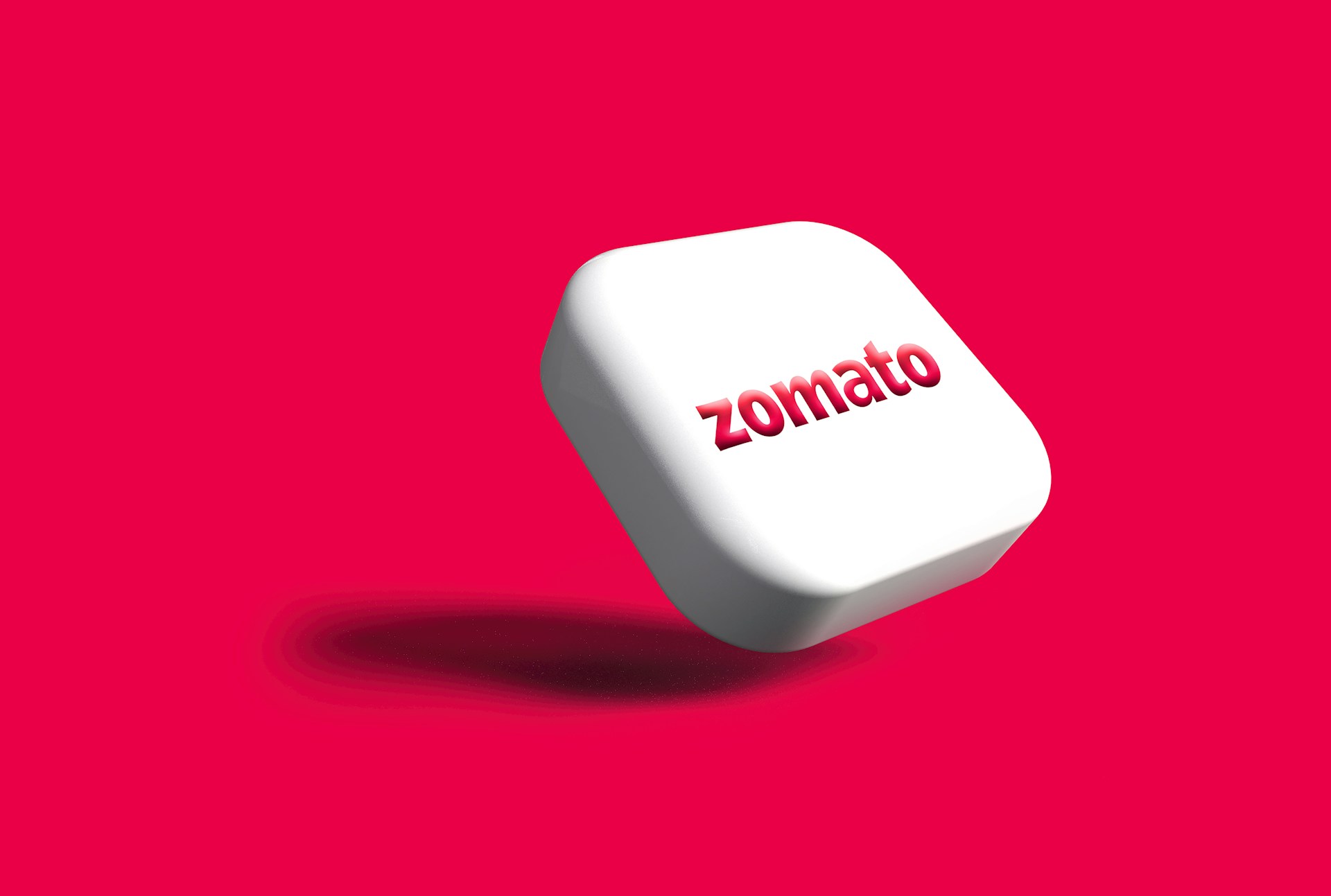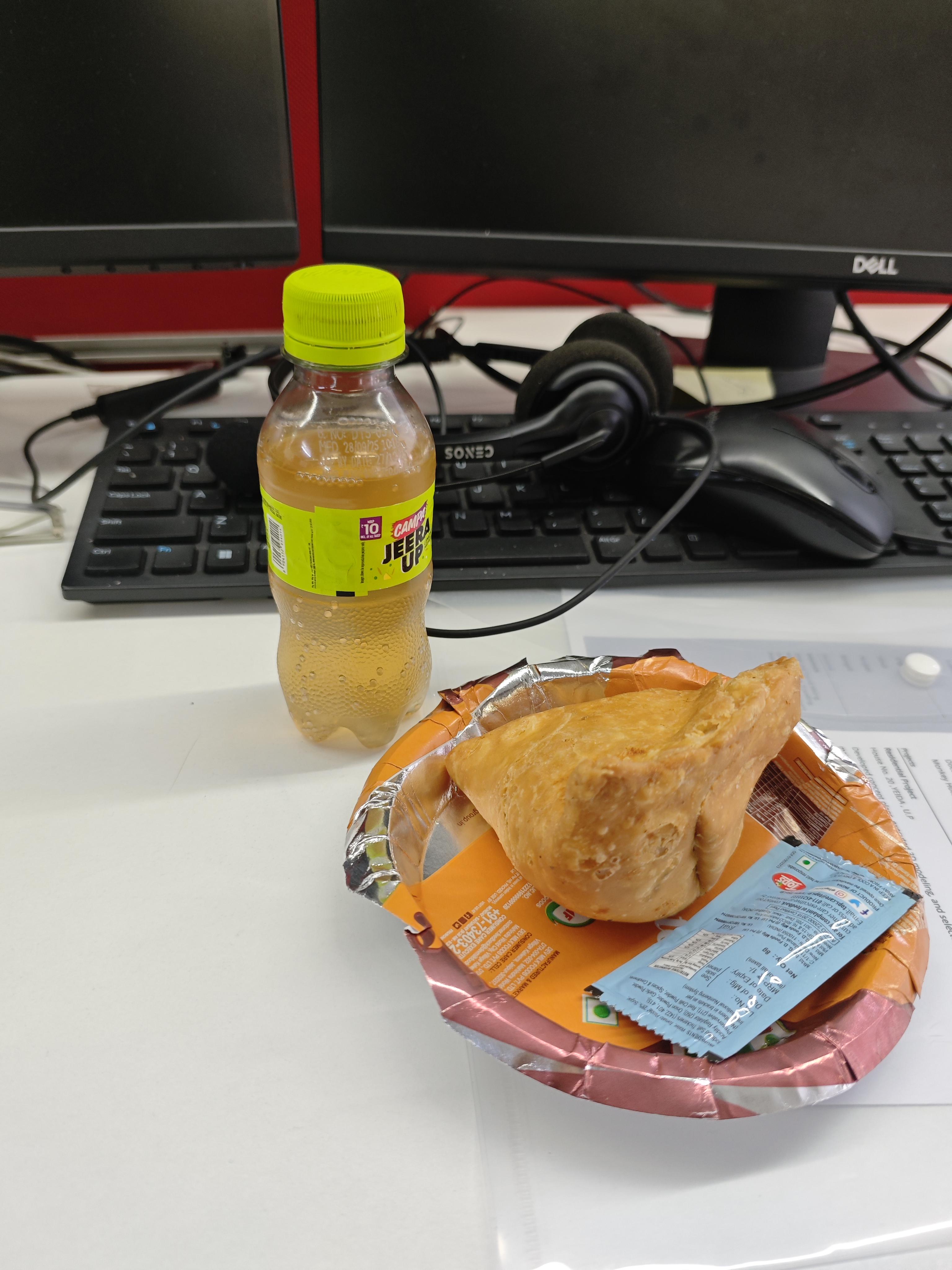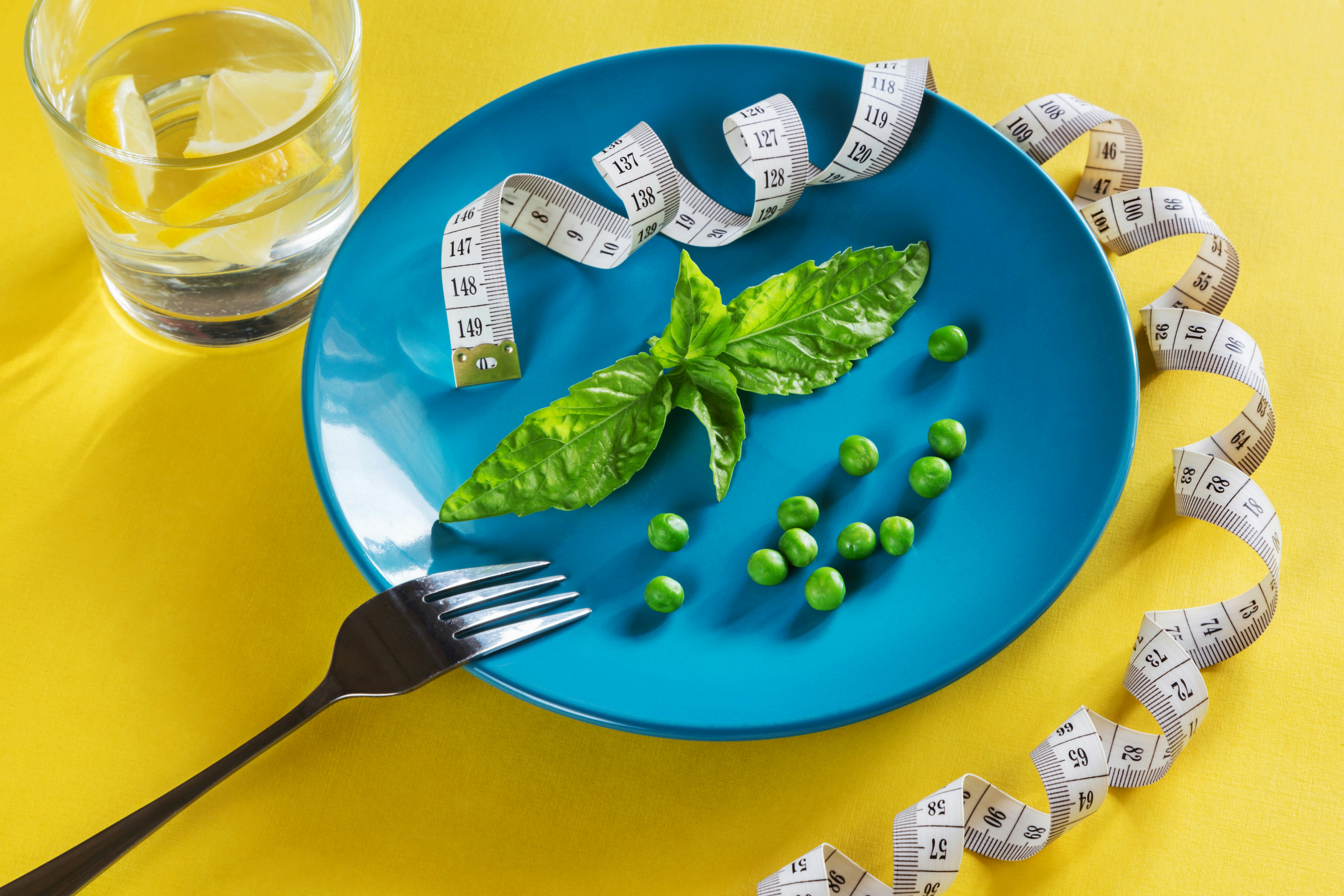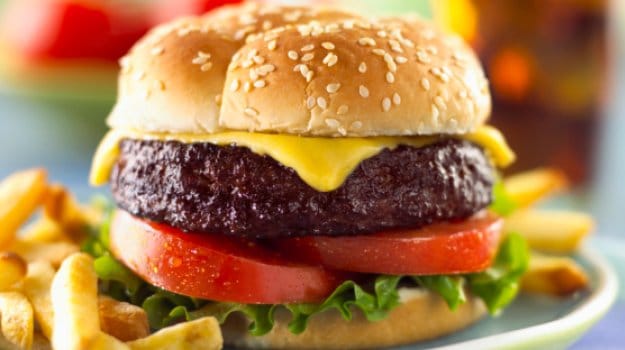Could your brain ever want broccoli over brownies? If you’re done dishing out all explicit synonyms of “hell, no”, hear me out. Sadly, and much to the contentment of your taste buds, junk food companies have cracked the perilous code of flavour science. They’ve taken this science to extraordinary levels, magically mixing in the exact ratio of sugars, salts, fats and other chemicals that appeal to your psychological and physical reactions. In other words, these carefully orchestrated flavors make you go “How is this soooo good, what sorcery is this? Must. Buy. More.”Maybe it’s time to update your brain's biological software, and yes, it’s all possible! Side note - let it not be known that I’m dreaming of cinnamon buns whilst writing this. Recent study at Tufts University and Harvard Medical School has given an additional push to this thought and it’s pretty exciting to think that long-standing preferences can be re-engineered.“Food cravings are basically a habit,” explains study co-author Susan Roberts, PhD, director of the Energy Metabolism Laboratory at Tufts. Like smokers who grow accustomed to getting their fix after meals or with their morning coffee, many people train their brains to expect junk foods at certain times of the day, Roberts explains.
The reason you crave high-calorie foods in the first place is because they do such a good job at satisfying hunger pangs. "If you eat M&M's, you're going to get this huge rush of sugar and fat that's easily digested and soothes your hunger now," says Roberts. "Your brain gets used to the idea that this chocolate taste is really good at fixing hunger, so that the next time you get ravenous, you'll want to go find it again."
In a small study, participants weren’t allowed to become hungry, since hunger is the driving force behind most of our unhealthy cravings. They achieved this by prescribing a satiating, low-calorie diet to them, a diet that included healthy proteins, high-fibre foods and low-glycemic fruits and vegetables.
After six months, MRI scans of their brains showed increased reward activity in response to nutritious, low-cal foods. More interestingly, their brains’ reward responses were muffled in the presence of unhealthy treats. The study says you can weaken brain associations by mixing treats with foods that have high protein or fiber so your treat is still absorbed but not as quickly digested.
But Can You Really Be Happy Eating Vegetables?
For most people, the thought of eating vegetables is depressing. This is especially true for those caught in cozy arms of junk food. But research conducted by the University of Warwick’s Medical School might put these gloomy feelings to rest. The study, which involved 14,000 participants in England aged 16 or over, found that those who ate five or more portions of fruit and vegetables a day were the happiest.
Remarkably, the reverse was also true, the lower a person’s fruit and vegetable intake, the higher their chance of having low mental well-being. Dr. Saverio Stranges, the research paper’s lead author, who was positively surprised, said: “These novel findings suggest that fruit and vegetable intake may play a potential role as a driver, not just of physical, but also of mental well-being in the general population.”
So how exactly do you go on to beat your inner junk-demons and ensure your brain doesn’t rev up whenever someone as little as mentions the word ‘crunchy potato chips’ or ‘a crumbly pie’?
1. Practice the Five-Ingredient Rule
One simple rule that doesn’t require Sensei-like training. Whenever you’re about to purchase a product, flip it over to go over the ingredient list at the back. If there are more than five ingredients on the food label, don’t buy it. More than five ingredients should always sound the alarms and bring out the red flags in your brain, since it’s a sure-shot sign of food processing. If you do buy it, it’s best to consider it a treat and consume it occasionally.
2. It’s All About the Blood Sugar, Baby
Balancing your blood sugar is essential. Blood sugar highs and lows is what primitively drives you to reach out for that chocolate-laced muffin. When your blood sugar is low, you’ll eat anything, you’ll hear potato chips calling out your name and you’ll be too frenzied to think better. To better balance your blood sugar, eat a small snack every three to four hours. Needless to say, this snack should include a healthy protein, seeds or nuts.
3. Gross Yourself Out
An amateurish but effective trick is find out what’s going on in that amazing cupcake of yours. The red and pink dye used in foods are extracted from the Cochineal insects that come from the beetle family. Lanolin - an oily, sweaty secretion found on the outside of sheep's wool, is used to soften your chewing gum. Find out enough about what you’re really eating and the cringe factor will keep you away from processed food for a long, long time.(The Most Shocking Ingredients in Your Food)4. The Dull Sheen of Satisfaction
When you regularly consume sugar, salt and fats, it not only hooks you, it dulls your taste buds as well – making you eat more to reach the same level of satisfaction. But thankfully, the opposite it true too. The less of a food you eat, the less of it you need to score a rush, says David Katz, M.D., a nutrition expert at the Yale School of Medicine and author of ‘Disease Proof: The Remarkable Truth About What Makes Us Well.’ The trick is to cut down in small steps. If you take three sugars in tea, add two sugars for a few weeks and then one for the next few. Over time, you’ll notice smaller amounts of these treats are enough to hit the spot.5. Load Up on the Real Stuff
According to Mercola, when you load up on addictive junk foods, your metabolism is stimulated to burn carbs as its primary fuel. As long as you’re in the primary carb-burning mode, you’ll keep craving junk food. The solution? Replace carbs with healthy fats. Easier said than done, yes – but once you replace processed junk with high-quality whole foods, the metabolic switchover will be well worth it.











